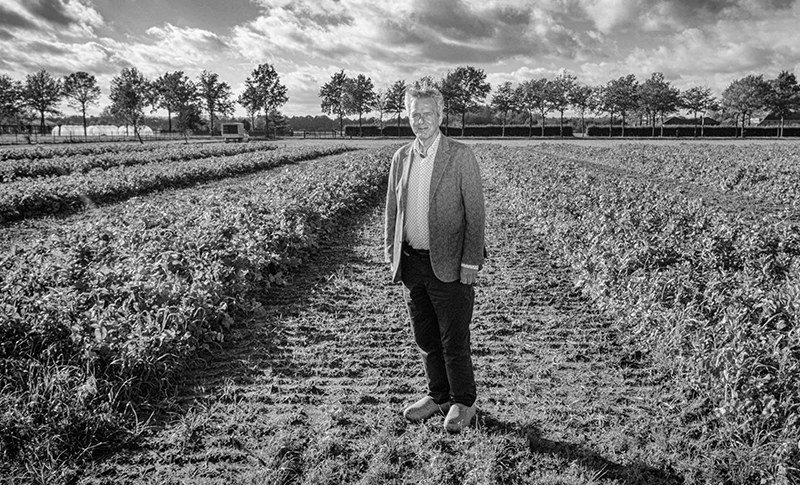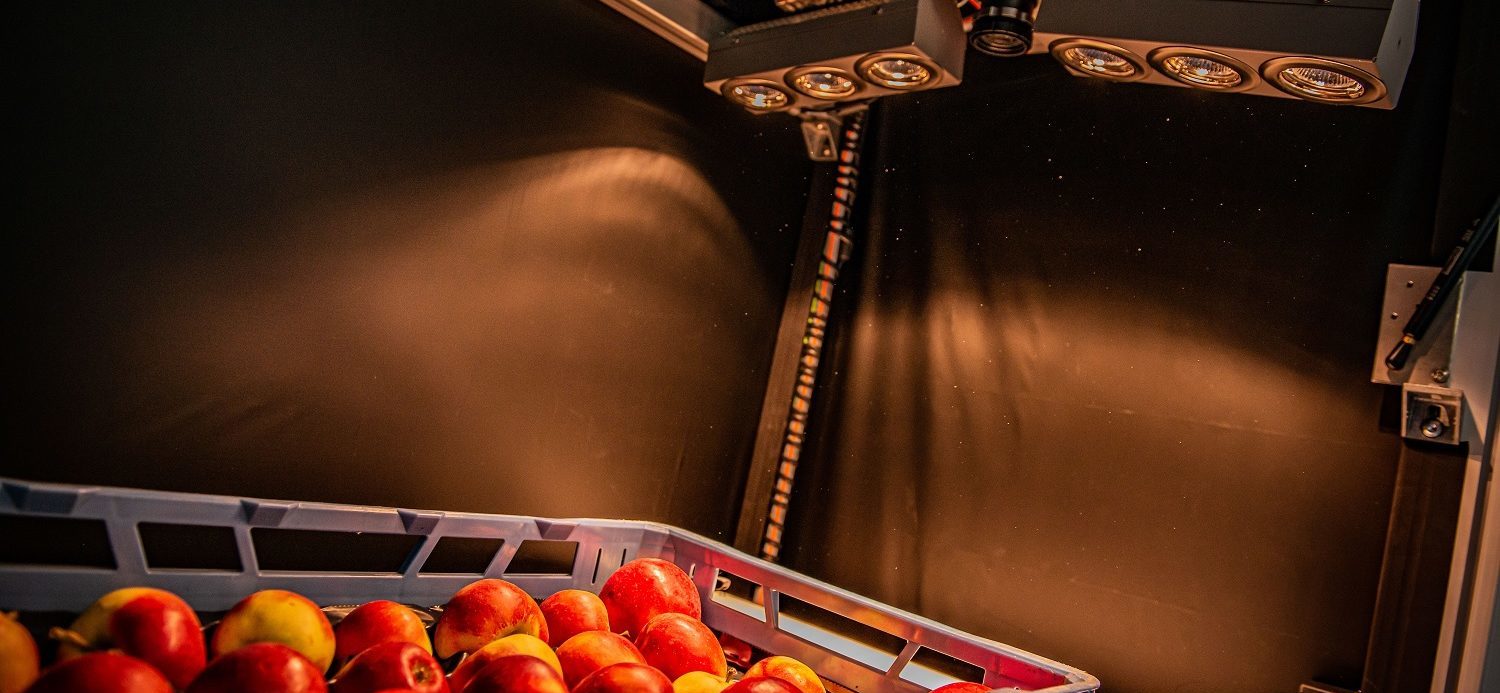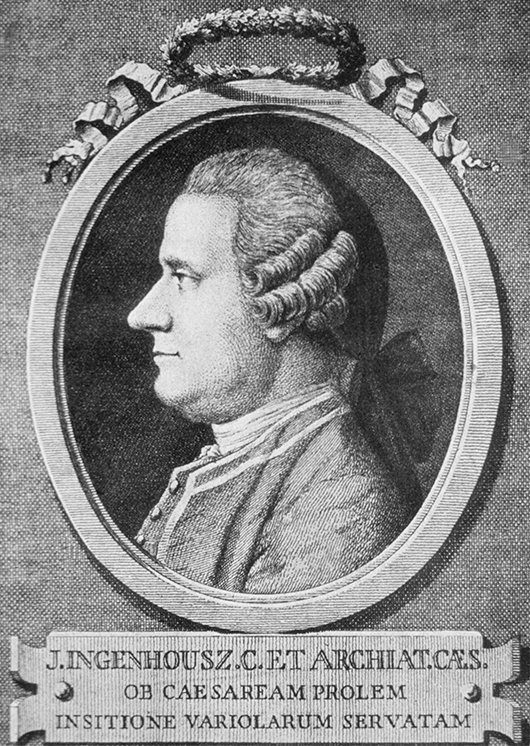It is not only visible light that helps plants grow. The part of the light spectrum past the visible red, the so-called far-red light, contributes to photosynthesis. PhD student Tinko Jans developed a model to measure the contribution of far-red light to photosynthesis.
When light hits a leaf, it is mainly the red and blue part of the spectrum that is used for photosynthesis, Jans clarifies. ‘The green and far-red light passes through or is reflected. That explains why plants are green. Far-red light is minimally absorbed. If we were able to see far-red, all plants would be far-red, and the world would look very different.
Supplement
The fact that photosynthesis uses mainly blue and red light means that leaves receive much more far-red light when in the shade than in direct sunlight. It is a known fact that plants also use far-red light, for, how else can plants thrive in the shade? Horticulturalists supplement plants with far-red light with success.
But how precisely was unclear, Jan states. ‘What we have done is try to understand and predict the results of photosynthesis under different spectra.’ Jan adjusted an existing photosynthesis model for this purpose. ‘That model uses just one parameter: the intensity of visible light. We use the entire spectrum, including the far-red part.’
A plant cannot survive on far-red light alone. ‘With only far-red light available, the plant does nothing at all’, Jans says. ‘White light is needed for the process, and adding far-red enhances photosynthesis.’ His model shows how efficient the plant’s photosynthesis is, how well the far-red light is used and what lamp is best.
Under far-red light alone, the plant does nothing
Tinko Jans, PhD Laboratory of Biophysics
Adding far-red increases photosynthesis. The question is whether it is economically viable. ‘It requires additional investments’, Jans argues. ‘And you can’t add an unlimited amount of far-red. At some point, the plant is saturated, or CO2 uptake becomes an issue.’ Adding far-red where there is shade is an option.
Length-wise
The effect of far-red is not limited to just photosynthesis. Plants also use it as an indicator that they are being overgrown. Jans: ‘A plant to which far-red light is administered will grow length-wise so that it can grow taller than the other plants. Hence, it changes shape. That is the long-term effect far-red has. After obtaining my PhD, I intend to develop a model that can predict both photosynthesis and growth.’
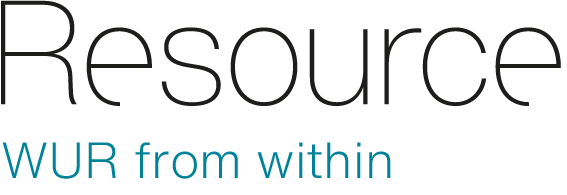
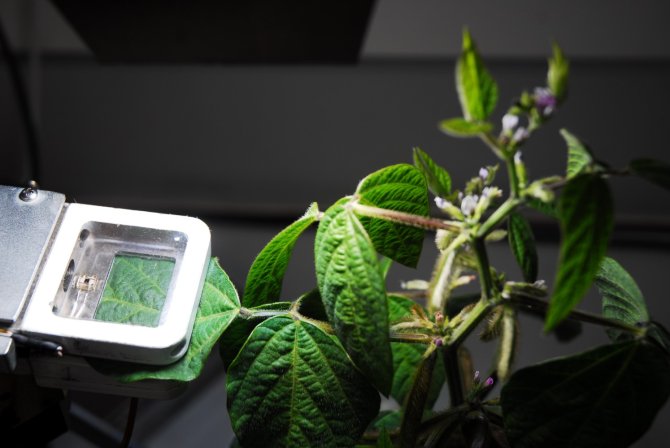 Measuring photosynthesis in a bean plant. Photo WUR
Measuring photosynthesis in a bean plant. Photo WUR 